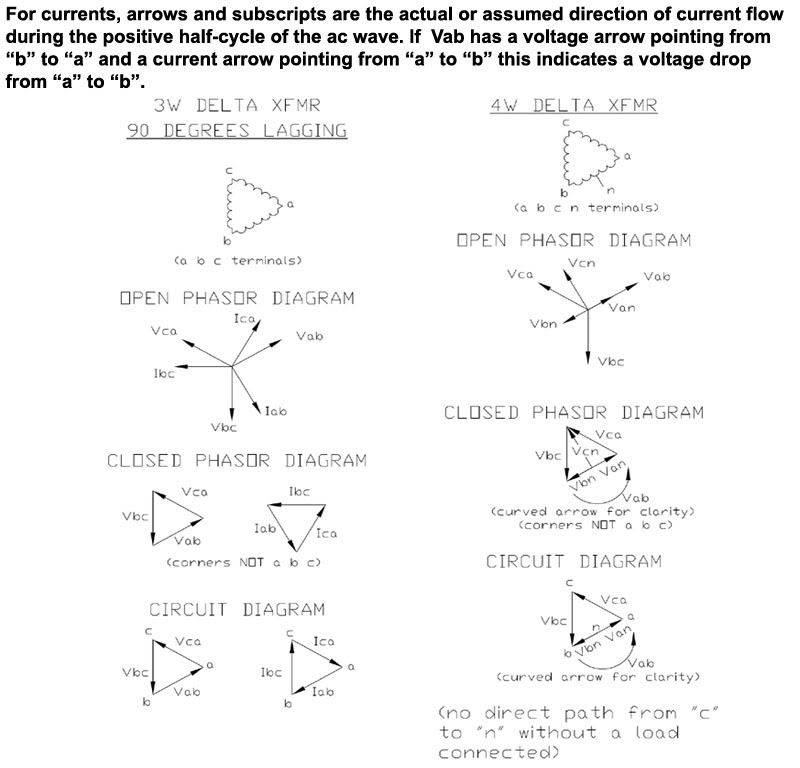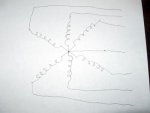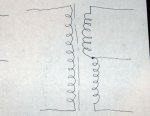Rick Christopherson
Senior Member
Oh, and I was just thinking about this....why didn't he say the same thing to me? :lol:Sorry Posted under wrong poster
That may hurt some egos, but it wasn't the intention. Look at it from an unrelated perspective. Do you think a plumber has even heard of a Bernoulli equation, let alone contemplated one as he is sweating an elbow? Heck No! He doesn't need to know how the fluid flows and transitions through that elbow and pipe. He only needs to know how to sweat that joint without it leaking. On the other hand, the engineer that does understand the fluid flow, most likely couldn't sweat a leak-tight joint if his life depended on it. The same is true in electrical systems. The electrician doesn't need to understand why a MWBC needs to use opposing legs, he just needs to know that they do. The engineer that understand the concept of the MWBC won't necessarily know how to rope a house....<and he runs off to put on his cowboy boots and hat to wrangle that task. :lol:>Thats really going to hurt the Ego of all the want to be Electricians.





